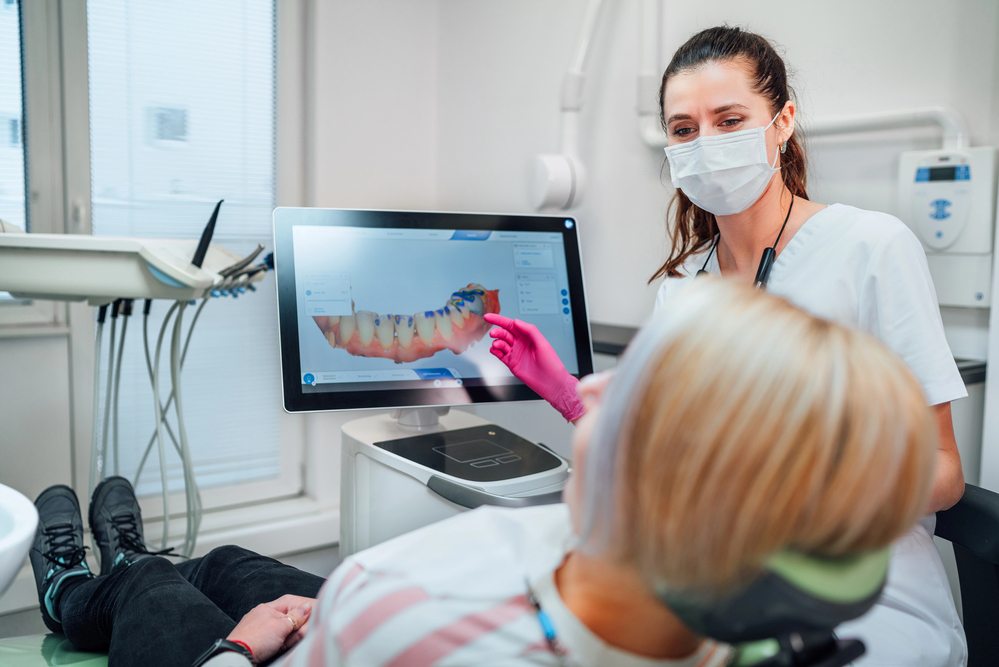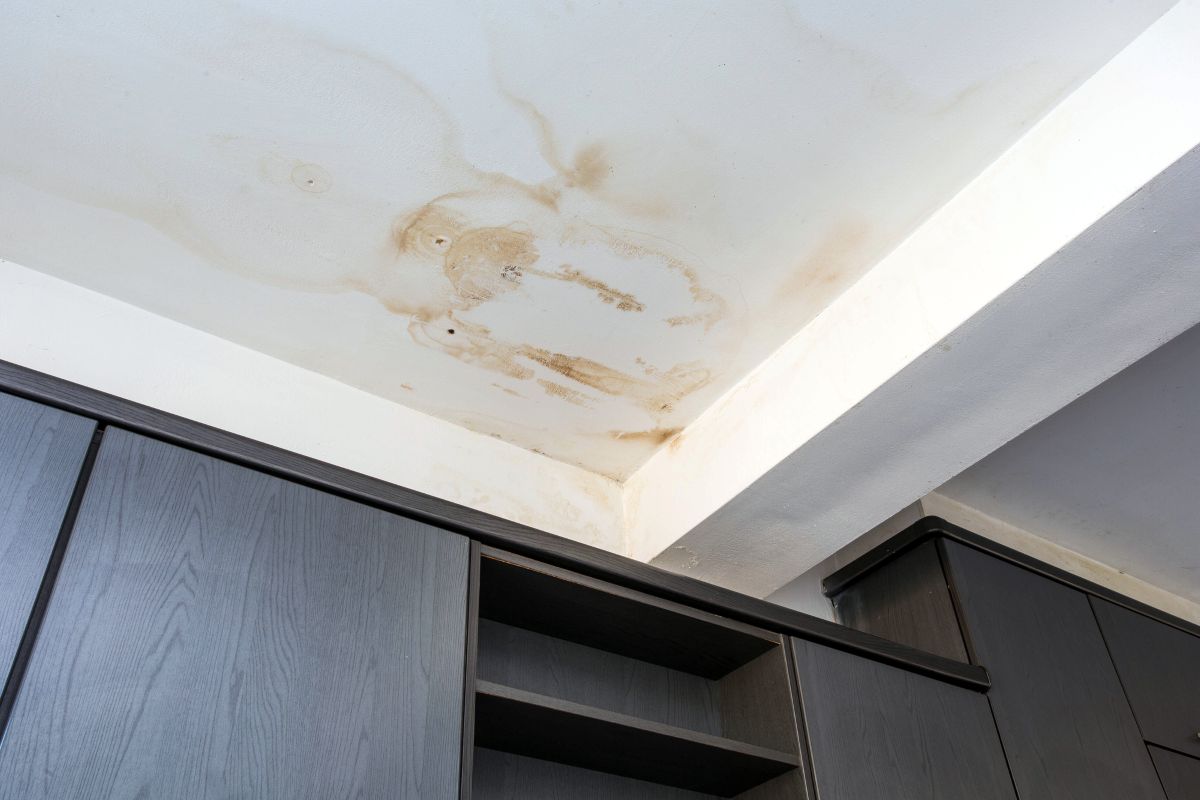Straightening teeth used to mean long appointments, uncomfortable gear, and constant readjustments. Not anymore. In 2025, clear aligner technology has surged ahead, with major breakthroughs making treatment faster, more comfortable, and far more precise. Whether you’re a tradie juggling job sites or a parent managing a busy household, these changes matter more than ever.
Clear aligners are no longer a one-size-fits-all approach. The technology now adapts to different lifestyles, work demands, and health goals. One of the biggest questions patients often ask is just how effective these systems are at delivering real orthodontic results.
For Aucklanders navigating the pressures of shift work, physical labour, or tight schedules, the newer systems mean less disruption and better results. Patients today are looking for solutions that keep up with their lives, not slow them down.
Key Takeaways
- Clear aligner treatment in 2025 is more advanced, allowing for faster results with fewer disruptions.
- AI-powered planning helps eliminate errors and reduce chair time for busy professionals.
- In-house 3D printing and digital scans speed up the start of treatment and improve accuracy.
- New aligner materials are more comfortable and durable, suitable for high-demand lifestyles.
- Smartphone-based monitoring lets patients track progress and reduce in-clinic visits.
Why Clear Aligner Technology Has Evolved So Rapidly
A Response To Patient Demand And Growing Competition
More adults are seeking orthodontic care, and they want results without lifestyle sacrifice. This demand has led to aggressive innovation from clear aligner companies. New Zealand clinics, particularly in Auckland, are investing in tech that delivers speed and accuracy to meet rising expectations.
The market has shifted dramatically in the past five years. Orthodontists are no longer just competing with each other but with at-home aligner brands and tech-forward startups. Staying relevant now means adopting the latest tools and demonstrating results that speak for themselves.
Pressure From Consumer Tech And Wearables
People expect medical devices to match the sleekness and simplicity of their everyday tech. Think fitness watches, health apps, and smart scales. Clear aligners are following suit, integrating with digital platforms to provide a smarter, cleaner treatment experience.
Many patients now expect their treatment to include app integration, digital progress tracking, and instant communication. Aligners have become part of a broader health-tech ecosystem, not just dental gear.
AI-Powered Treatment Planning: The Invisible Hero
What It Is And How It Works
Artificial intelligence now plays a critical role in aligner planning. After a digital scan of your teeth, software powered by AI predicts each movement needed to reach your ideal smile. It maps the entire journey before treatment begins, refining it with real-time data from your progress.
Behind the scenes, machine learning models compare thousands of previous cases to identify the best approach. This allows the system to spot potential challenges early and create more tailored treatment paths that reduce inefficiencies.
Why This Matters For Patients
This reduces human error, shortens overall treatment time, and allows orthodontists to anticipate and avoid common issues. Fewer mid-treatment surprises mean fewer disruptions — a major plus for anyone on a job site or balancing shifts.
For many patients, this means fewer unplanned visits, faster progress, and greater confidence in the treatment plan. Tradies, for instance, can stick to demanding schedules without worrying about extended downtime for adjustments.
In-House 3D Printing and Digital Scans Are Cutting Time and Costs
Goodbye To Messy Impressions
Traditional moulds are fading out. Clinics now rely on intraoral scanners to create a precise digital image of your teeth. This not only improves accuracy but makes the initial appointment faster and far less invasive.
Digital scans can be completed in minutes, stored securely, and reused if trays are lost or damaged. This is a game changer for families and workers who can’t afford treatment delays.
On-Site 3D Printing: Speed + Control
Some clinics have brought 3D printing in-house. That means they can produce trays or models on-site, bypassing shipping delays. For working Aucklanders who can’t afford multiple days off, this is a significant advantage.
It also allows for quick turnaround if a tray breaks or doesn’t fit correctly. Instead of waiting weeks, replacements can be printed within days, sometimes even hours, keeping treatment on track.
Material Advancements Make Aligners More Comfortable Than Ever
Next-Gen Biocompatible Plastics
New aligners use stronger yet more flexible plastics that are gentler on gums and enamel. These materials are engineered to last through long wear without cracking or distorting.
They also withstand the challenges of varied work environments, from hot warehouses to cold morning starts on site. The materials have evolved to stay effective, even under pressure.
Heat-Responsive Materials And Better Retention
Some aligners are designed to respond to body temperature, subtly adjusting their fit for greater comfort. This matters during long workdays, especially for tradies who may wear them through shifts involving PPE, mask use, or physical exertion.
Better retention also means more effective movement and fewer refinements. That translates to a more predictable timeline and lower treatment costs.
App-Based Monitoring: How Smartphones Are Changing Orthodontics
Virtual Check-Ins Reduce Chair Time
Patients can now use mobile apps to track progress and send updates to their provider. This reduces the need for in-person visits, especially helpful for people with unpredictable work hours or limited transport options.
Some apps allow patients to upload photos, answer check-in questions, and receive treatment advice from their orthodontist without stepping into a clinic. It’s a modern solution for a mobile population.
Improved Compliance Through Nudges And Reminders
Apps can remind you to wear your aligners or alert you when it’s time to change to the next set. For busy patients who might forget during a long workday or night shift, this added accountability supports better results.
Compliance is key to successful treatment, and digital reminders have proven to reduce delays. It’s another way the tech meets patients where they are — on their phones, in real life.
What Patients Should Ask Their Orthodontist in 2025
Not All Aligner Providers Use The Same Tech
Technology adoption varies. Patients should ask:
- Are AI tools used in treatment planning?
- Do you use digital scans instead of moulds?
- Is aligner production handled in-house?
- What kind of plastic or materials do you use?
- Do you offer remote progress monitoring via apps?
These answers reveal whether the clinic is keeping up with the latest standards.
Choosing Providers Who Keep Up With The Pace Of Change
Even the best tech won’t help if the provider lacks experience or ongoing training. Patients, especially those with demanding jobs, should seek orthodontists who invest in proven systems and stay ahead of changes.
A good clinic will be transparent about what tech they use, how they manage emergencies, and what results you can expect. Trust is built not just through experience, but by keeping up with what works best today.
A Smarter Path to Straighter Teeth
Technology now allows people to straighten their teeth with fewer disruptions and better long-term results. For tradies working split shifts or jobs that demand all-day wear, that means less downtime, fewer visits, and more discreet gear.
Clear aligners in 2025 are no longer a compromise. They’re a competitive, evidence-backed solution suited to real lives. Whether you’re on your feet for 12 hours or shuttling between meetings, the latest tech has made treatment more accessible than ever.
If you’re still weighing up your options, it’s worth understanding which teeth straightening method actually delivers the best results.
But the tools are only as good as the team behind them. Aligners today are smarter, yes, but it still takes professional oversight to ensure the results stick. Patients should choose wisely, ask the right questions, and expect more from their treatment in 2025 than ever before.


